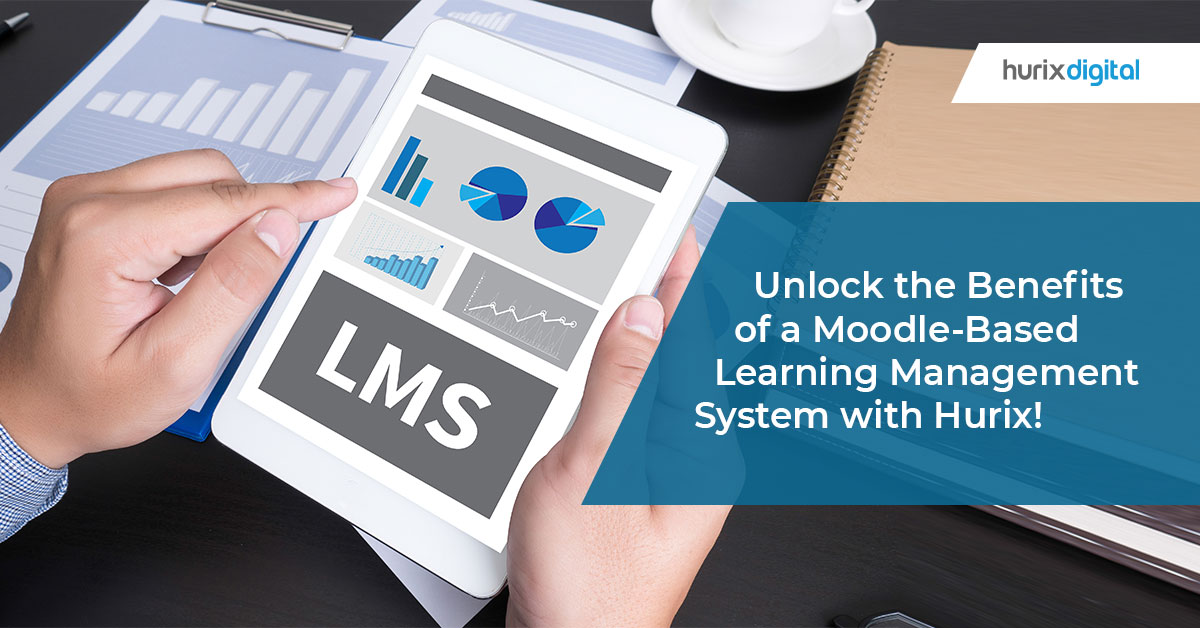
Top 10 Learning Management System Platforms for Education
Are you seeking a strategy to improve the learning and development process at your educational institution? Do you want to give your students a centralized platform where they can access all of their learning resources, track their progress, and collaborate with other students? If so, you’ll want a learning management system (LMS).
Table of Contents:
An LMS is software that allows educational institutions to design, manage, and distribute eLearning material and training programs to their students. With the development of online learning, LMS platforms have grown in popularity among educational institutions all over the world.
In this blog article, we’ll look at the best ten LMS platforms for education, ranked by features, cost, and user reviews.
Top 10 Learning Management Systems LMS Platforms for Education
These are the top 10 best LMS platforms for education.
1. Hurix
Hurix is a comprehensive LMS platform that offers learners personalized and engaging learning experiences. Hurix provides a wide range of services, including:
- eLearning development: Hurix creates custom eLearning solutions for businesses using a variety of formats, such as interactive simulations, gamification, and microlearning. They also offer localization and translation services for global businesses.
- Digital content creation: Hurix creates high-quality digital content, including videos, animations, and graphics. They use cutting-edge technology to produce engaging and interactive content for a variety of platforms.
- Platform management: Hurix offers end-to-end platform management services, including platform design, development, hosting, and maintenance. They also provide analytics and reporting tools to help businesses track the effectiveness of their eLearning programs.
- Mobile learning: Hurix specializes in mobile learning solutions, creating mobile-friendly eLearning content and apps that can be accessed on smartphones and tablets.
2. Moodle
Moodle is an open-source LMS platform that includes course administration, grading, and assessment tools. Moodle also supports several languages, making it a popular choice for universities working in multilingual settings.
One of Moodle’s most significant features is its vast developer community, which is always working to improve the platform.
3. Edmodo
Edmodo is another cloud-based LMS platform that is intended to be user-friendly for both educators and students. Assignment and grade management, communication tools, and a collaborative learning environment are among its primary features.
Edmodo also provides a variety of third-party connections, making it simple to integrate other educational tools and resources into the platform.
4. Blackboard
Blackboard has been a popular LMS platform for more than two decades. Course administration, content development, and student interaction tools are among its primary features.
Blackboard also provides a variety of analytics tools to help educators analyze student achievement and find areas for improvement. One of the most significant benefits of Blackboard is its scalability, which makes it an excellent solution for colleges of all sizes.
5. Canvas
Canvas is one of the cloud-based LMS platforms that include course management, grading, and assignment tools. Canvas also provides several customization possibilities, allowing educators to customize the platform to their requirements.
Canvas’s user-friendly interface is one of its primary features, making it simple for both educators and learners to navigate and use the platform.
6. Schoology
Schoology has an easy-to-use interface and extensive tools for creating, managing, and delivering courses and tests. Teachers may use Schoology to manage course materials, assignments, and grades, as well as connect with students and parents.
Schoology accepts a variety of material forms, including multimedia and interactive information, and it connects with other educational programs like Turnitin, Google Drive, and Khan Academy.
7. Brightspace
Brightspace is a mobile-first design that allows students to access courses and information from any device. It also incorporates interactive multimedia material like movies, simulations, and virtual reality to engage students and improve their learning experience.
Brightspace distinguishes itself by its emphasis on individualized and adaptable learning. Its intelligent agents monitor student behavior and offer tailored learning routes using machine learning methods.
8. Absorb
Absorb LMS is a cloud-based LMS platform for enterprises, organizations, and educational institutions. It has an easy-to-use interface, customized course authoring, and extensive reporting and analytics options. Absorb LMS supports a variety of multimedia types, including films, animations, and interactive quizzes.
To boost learner engagement and motivation, the platform offers gamification elements such as badges and leaderboards. Absorb LMS also integrates with a variety of third-party platforms, including Salesforce, Zoom, and Shopify. Its cost is determined by the size of the organization and the features required.
9. Google Classroom
Google Classroom is a cloud-based LMS platform that connects with Google’s suite of productivity products, such as Google Docs, Google Drive, and Google Calendar.
It is intended for use in K-12 schools and higher education institutions for the creation and management of digital classrooms, assignments, and communications. Instructors may simply develop and share course materials, quizzes, and exams, as well as give students feedback and scores.
Talent LMS
Talent LMS is a cloud-based LMS platform that serves enterprises, organizations, and educational institutions. It has an easy-to-use interface, customized course authoring, and extensive reporting and analytics options.
The platform supports a variety of multimedia content forms, including films, presentations, and e-books. Gamification components like badges, points, and leaderboards are also included to improve student engagement and incentives.
Conclusion
Ultimately, in the digital era, a learning management system is a vital tool for educational institutions. It can assist universities in providing students with interesting, individualized, and successful learning experiences. With so many LMS systems on the market, it might be difficult to select the best one for your school.
Yet, you may make an educated selection by assessing your institution’s needs, budget, and goals. Evaluate platform features, user usability, scalability, security, and customer support. Consider the comments and experiences of other users via internet reviews, testimonials, and case studies.
Whichever platform you pick, invest in training and support for your teachers, staff, and students. A well-implemented and maintained LMS may improve student engagement, cooperation, and accomplishment while also contributing to the success of the institution.
For more information on LMSs and know other learning management system examples , connect with our team for 15 minutes discovery call today.









